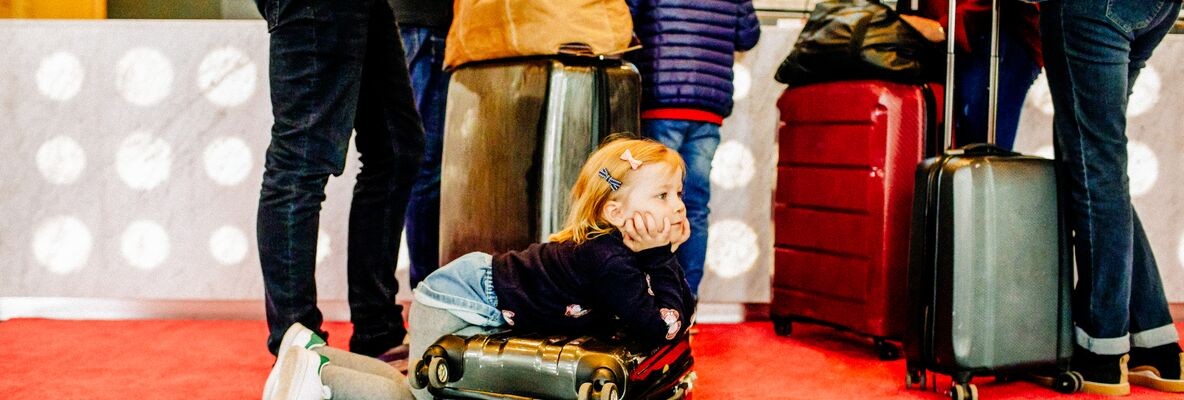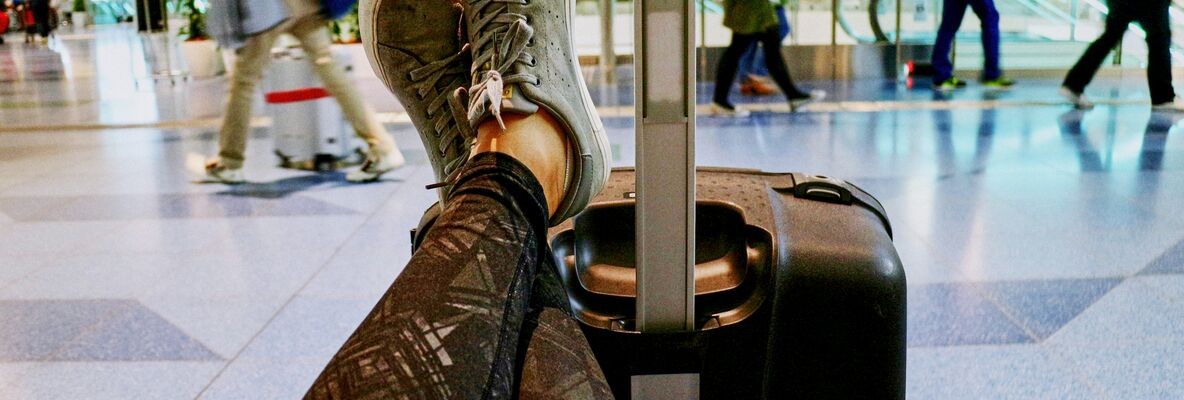We use cookies to enhance your experience. Basic cookies are essential for the proper working of this website. For example, they save your language preferences. They also help us gather anonymous information about the use of our site. More information in our Cookie Policy.
It may be possible to explore Luxembourg City with a leisurely stroll, but heading further afield requires a car – and a valid driving licence. What do newcomers from abroad need to know in order to drive legally in the grand duchy?
A licence issued by another EU or European Economic Area member state will still be valid in Luxembourg. The grand duchy introduced the standard European driving licence in January 2013. However, it is worth having your licence registered with the National Road Traffic Authority (Société nationale de circulation automobile, or SNCA), in case you ever need a replacement. Non-EU citizens can continue to drive under their existing licences for up to 12 months, after which they are required to exchange it for a Luxembourg licence.
Individuals without a driving licence who wish to obtain a permit for the first time in Luxembourg will be required to take a theory exam, testing their knowledge of the rules of the road, before they can take practical driving lessons on the road. Both tests can be taken in English.
Applicants for driving licences must be at least 16 years old for low-powered motorbikes or 17 years and six months for cars, although they cannot obtain a licence until they are 18.
The relative simplicity of the Luxembourg system gives it an edge as a location for learning to drive over neighbouring countries such as France, where the system has a reputation for being difficult, overly bureaucratic and expensive.
Driving schools
All driving lessons and preparation must be carried out with a registered driving school and candidates will need various documents, including proof of residence, a medical certificate and photo ID.
Learning to drive begins with theory lessons and a written or oral test. Applicants learn the Luxembourg Highway Code (Code de la Route), with learning aids provided by the driving school. They must successfully pass the theory test before beginning on-the-road practical driving lessons – a minimum of 16 hours driving with an instructor – followed by a one-hour practical examination.
Successful drivers remain subject to special rules for their first two years at the wheel. After passing the test, they initially receive a probationary licence that comes with various restrictions, such as lower speed limits and a reduced blood alcohol level.
Driving candidates must take a compulsory training course between three months (or after driving at least 3,000 kilometres) and two years, at the Colmar-Berg driver training centre (Centre de Formation pour Conducteurs, or CFC), in order to obtain a full licence.
Luxembourg’s driving rules are like those in most other European countries. The speed limit is 50 kph in urban areas, 90 kph in outside towns and 130 kph on motorways, or 110 kph when it’s raining or if conditions are otherwise impaired by the weather, as in France. The limit in Belgium is 120 kph.
Speeding offences attract on-the-spot fines. The drink-driving limit is 50mg of alcohol per 100ml of blood – the same as in France, but lower than the 80mg limit in the UK. For probationary drivers, the limit is just 20mg.
Equipped with a valid licence, large swathes of Europe are yours to explore, with Frankfurt, Brussels, Amsterdam, Paris and Cologne just a few hours’ drive away, and Switzerland, southern France and Northern Italy not much further. Happy motoring!
11/2021
-
Student employees’ rights and obligations

As a student, you might want to make some extra money and gain some paid work experience. Very good idea, but do you know your rights and obligations as a student employee?
-
What formalities to follow at your arrival in Luxembourg

If you have just arrived in Luxembourg or if you intend to come into the country in the near future, one of your first steps will be the opening of a bank account. But which bank to choose?
-
What is the best way to save money when planning a holiday?

Deciding how to spend a well-deserved summer holiday can be exciting. Should you go back to a favourite location, or try something new? But there can be tricky trade-offs, such as whether to decide early and book ahead or wait as long as possible in the hope of finding a better deal.